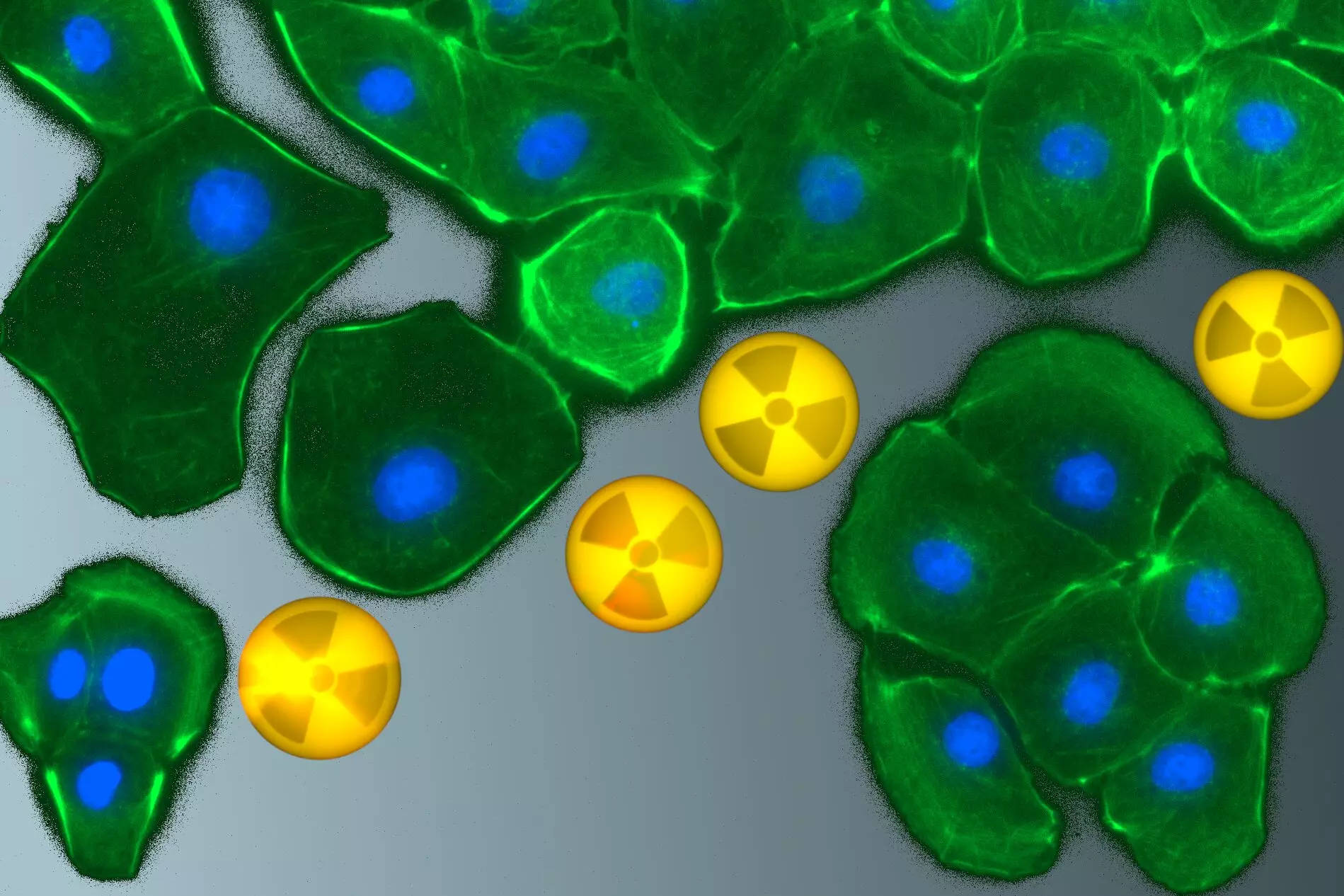In our modern world, the presence of radionuclides—unstable isotopes that emit radiation—has become an ever-increasing concern. These elements can enter our bodies through various means, including inhalation, ingestion, and even through open wounds. The health risks associated with these radioactive materials are significant, yet much of the research has primarily focused on their biological effects in animal models. What remains glaringly underexplored is the potential cellular and molecular toxicity these radionuclides impose, particularly on one of the most crucial organs in our bodies: the kidneys.
Kidneys are the body’s natural filters, responsible for detoxifying harmful substances, including heavy metals and radionuclides. The recent studies originating from the Helmholtz-Zentrum Dresden-Rossendorf (HZDR) in collaboration with TU Dresden have entered this previously less-trodden territory, shedding light on these interactions and the implications for human health.
Your Kidneys: The Unsung Heroes in Radionuclide Detoxification
The kidneys serve as the primary site for the excretion of toxic substances, including bivalent, trivalent, and hexavalent radionuclides. While it is common knowledge that these heavy metals and their various isotopes can be harmful, the mechanisms through which they influence cellular health in renal cells are less well understood. Geological processes such as weathering can release these elements into our environment, but human activity—especially in nuclear energy production, mining, and even healthcare practices—has exacerbated the situation exponentially.
For instance, the health risks posed by the acute or chronic exposure of humans and animals to radioactive heavy metals are alarming. Over decades, radionuclides have seeped into our water supplies and soils, often from mining accidents or leaks from nuclear facilities. Understanding how these elements impact kidney function is paramount, especially given the critical nature of these organs in filtering contaminants from the bloodstream.
Bridging the Knowledge Gap with Innovative Research
The research led by Dr. Astrid Barkleit of HZDR emphasizes the need to comprehend the intricate biochemical interactions between heavy metals and renal cells. Previous studies have mainly centered around how heavy metals accumulate and are excreted, largely using generalized mathematical models. However, the biological processes at play remain largely obscure—a gap that needs filling for advancing both scientific understanding and public health policies.
The team’s innovative work, focusing on various heavy metals like barium(II), europium(III), and uranium(VI), provides insight into the mechanisms of toxicity at a cellular level. This in vitro research, performed under controlled laboratory conditions, allows for a precise exploration of how these elements affect cell viability, induce cell death, and the dynamics of metal uptake within cells.
Using advanced methodologies, including luminescence spectroscopy and chemical microscopy, the researchers have painted a clearer picture of how heavy metals behave at the molecular level. Each metal comes with its own profile of interactions: for example, europium(III) serves as an excellent proxy for studying its radioactive isotopes in luminescent applications due to its unique properties. This meticulous selection of test metals ensures that the findings could be applicable, thereby enhancing the research’s relevance.
The Rising Importance of Speciation Studies
One of the critical aspects of the research is the focus on metal speciation—the different chemical forms these metals take within biological systems. The study underscores that the way heavy metals are bonded and their chemical environment significantly influence their toxicity and biological reactivity. By examining how these heavy metal ions interact with cellular molecules, researchers can gain insights into the safety and efficacy of decorporation agents—medications designed to help remove these toxic elements from the body.
The implications of this research extend beyond academic interest. As regions like Saxony face the legacy of uranium mining, understanding the fallout from these practices takes on urgency. The legacy of heavy metal contamination is not just an environmental challenge; it’s also a pressing public health issue.
Looking Ahead: The Need for Awareness and Action
As researchers continue to unveil the complexities tied to radionuclide toxicity, the urgency of public awareness and policy reform cannot be overstated. The findings from HZDR and TU Dresden suggest a critical need for preventive measures in both environmental management and healthcare practices involving radionuclides. The intricate relationship between heavy metals and kidney health suggests that both widespread public health education and stricter regulations are necessary to mitigate risks.
In sum, this emerging body of research is indispensable for not only understanding the toxicological landscape of radionuclides but also for establishing protocols that protect public health in a world increasingly intertwined with nuclear technology. The nuances of radionuclide interactions with renal cells highlight a previously overlooked arena that could yield significant revelations essential for improving human health outcomes in the face of growing environmental hazards.


Leave a Reply